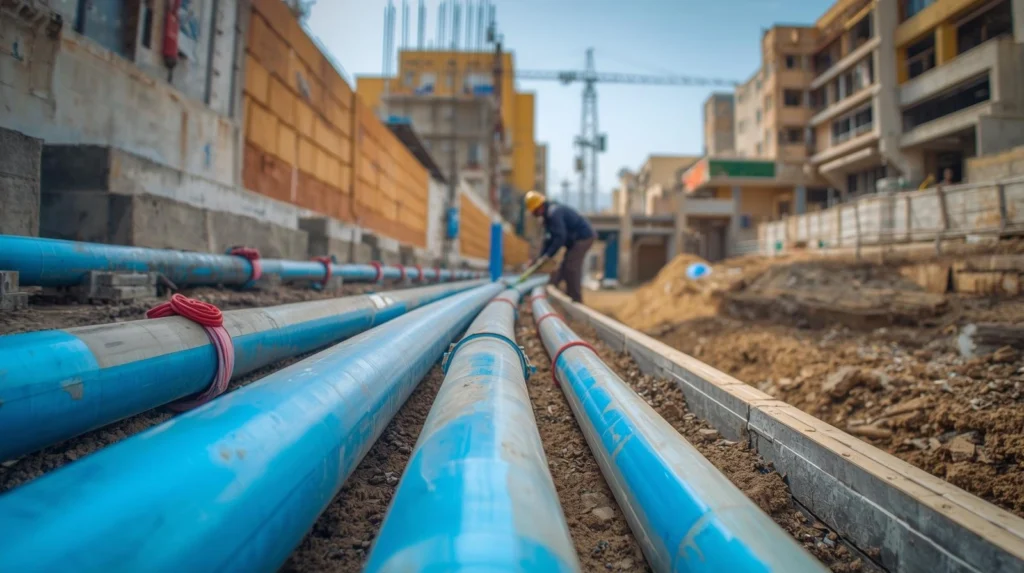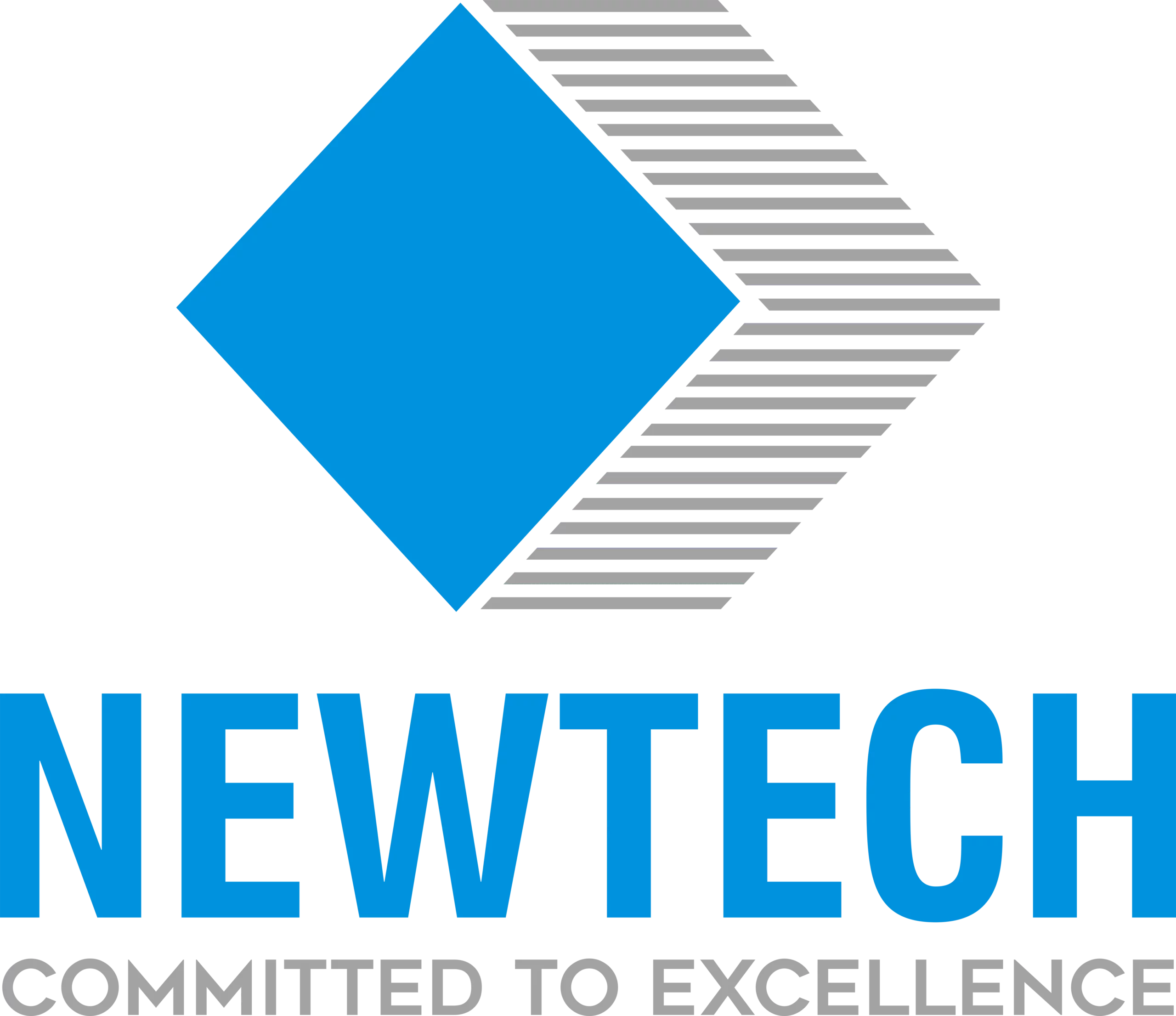Have you ever wondered why many urban areas in Pakistan face water shortages despite having abundant water resources? With rapid urbanization, outdated infrastructure, and inefficient water management systems, many cities struggle to meet the growing demand for clean water. But there’s a solution emerging in the form of HDPE pipes—a technology that could revolutionize Pakistan’s urban water systems. In this post, we will explore how HDPE pipes are helping cities across Pakistan address these challenges and modernize their water supply infrastructure.
In the coming sections, we’ll delve into how HDPE pipes work, the benefits they bring to urban water systems, and real-world examples from cities in Pakistan already experiencing the transformation. Whether you’re a business owner, government official, or just a concerned citizen, you’ll discover actionable insights that can help improve water distribution and quality in your community.
Why Are Traditional Water Systems Failing in Pakistan’s Urban Areas?
Outdated Infrastructure
Pakistan’s urban water systems are primarily built on traditional materials like concrete, steel, and asbestos, which are prone to corrosion, leakage, and breakage. With more than 60% of the water supply infrastructure in cities like Karachi and Lahore being over 40 years old, it’s no surprise that leaks and water losses are rampant. This results in a significant amount of clean, treated water being wasted before it even reaches consumers.
Growing Urban Population
The rapid urbanization of Pakistan’s major cities, particularly in Punjab and Sindh, is placing a huge strain on existing water infrastructure. The population explosion has led to increased demand for water, which, in turn, causes further wear and tear on old pipelines. Without significant upgrades to this infrastructure, water supply systems will continue to break down, exacerbating the urban water crisis.
How Are HDPE Pipes Revolutionizing Water Distribution?
What Exactly Are HDPE Pipes?
High-Density Polyethylene (HDPE) pipes are a type of plastic pipe made from petroleum-based material. Known for their durability, flexibility, and resistance to corrosion, these pipes are increasingly being used in modern water distribution systems worldwide. Unlike metal or concrete pipes, HDPE pipes do not rust, scale, or corrode, making them perfect for cities with aging infrastructure.
Key Benefits of HDPE Pipes in Water Systems
1. Corrosion Resistance
One of the main reasons HDPE pipes are gaining popularity is their ability to resist corrosion. In traditional pipes, corrosion can cause leaks and contamination, leading to water loss and poor water quality. HDPE pipes, however, are immune to rust and corrosion, ensuring that water remains clean and uncontaminated until it reaches its destination.
2. Cost-Effective Solution
Although the initial cost of HDPE pipes might seem higher, they are cost-effective in the long run. HDPE pipes require less maintenance and have a longer lifespan compared to traditional pipes. Additionally, their lightweight nature reduces transportation costs and simplifies installation, making them a more affordable option for urban water systems in Pakistan.
3. Leakage Prevention
Leakage is a huge issue for water systems in Pakistan, leading to massive water wastage. HDPE pipes are fusion welded, meaning there are no joints or connections that could lead to leaks. This results in a more reliable, long-lasting water distribution network.
4. Improved Water Quality
Because HDPE pipes are non-reactive and resistant to biofilm growth, they maintain the quality of water better than traditional pipes. This is especially important in urban areas like Karachi, where water contamination due to old pipes can lead to serious health issues.
What Are Some Real-World Examples of HDPE Pipes in Action?
Case Study 1: Karachi’s Water Distribution System Overhaul
Karachi, Pakistan’s largest city, faces chronic water shortages despite being a major coastal hub. The city’s water supply infrastructure, much of which dates back to the 1950s, is plagued by leaking pipes, frequent breakdowns, and high maintenance costs. In 2018, the Karachi Water & Sewerage Board (KWSB) began replacing the city’s outdated pipelines with HDPE pipes. This project has drastically reduced water losses and improved the overall efficiency of the water distribution system.
The results? A 30% decrease in water leakage, improved water pressure in key urban areas, and a more resilient system against corrosion. The success of this project is proving that HDPE pipes are a game-changer for Pakistan’s urban water systems.
Case Study 2: Lahore’s Green City Initiative
Lahore, Pakistan’s second-largest city, has been grappling with water shortages and deteriorating infrastructure for decades. In 2020, the Lahore Development Authority (LDA) launched a city-wide initiative to install HDPE pipes as part of a broader push to modernize its water distribution system. The project included replacing old pipelines in neighborhoods facing the highest water losses.
The integration of HDPE pipes not only improved water quality but also reduced the cost of maintaining the city’s infrastructure. The LDA reported a 40% reduction in repair costs, alongside better water management and equitable distribution throughout Lahore’s rapidly growing population.
How Do HDPE Pipes Contribute to Sustainable Urban Water Management?
Promoting Environmental Sustainability
Water conservation is a critical issue in urban planning, and HDPE pipes can help improve sustainability efforts. Because of their leak-proof nature and long service life, HDPE pipes reduce the need for frequent replacements and extensive repairs, lowering environmental impact and minimizing the need for plastic waste.
Moreover, HDPE pipes can be recycled at the end of their life, contributing to a circular economy in urban water systems. This eco-friendly approach aligns with global goals for sustainable development and environmental preservation, making HDPE pipes a natural fit for modern urban water systems in Pakistan.
Resilience Against Climate Change
Climate change is contributing to erratic rainfall patterns and water scarcity in Pakistan. HDPE pipes can withstand temperature fluctuations and harsh environmental conditions, making them more adaptable to the challenges posed by climate change. By investing in HDPE pipes, cities like Islamabad and Rawalpindi can future-proof their water distribution systems and reduce vulnerability to changing weather patterns.
What Are the Challenges in Adopting HDPE Pipes for Water Systems?
Initial Investment Costs
While HDPE pipes offer numerous long-term benefits, the initial investment can be higher compared to traditional pipes. This could be a significant barrier for some cities and municipalities, especially those operating with tight budgets. However, considering the long-term cost savings on maintenance, repairs, and water losses, HDPE pipes often pay for themselves over time.
Technical Expertise and Training
Installing HDPE pipes requires skilled labor and specialized equipment. Pakistan’s local workforce may require additional training and capacity-building to effectively install and maintain HDPE pipes. However, various training programs and collaborations with global pipe manufacturers are helping bridge this skill gap.
Conclusion
In Pakistan, where urban water systems are under immense strain, HDPE pipes present a sustainable, cost-effective solution that can address a range of challenges—from aging infrastructure and water loss to contamination and inefficiency. Cities like Karachi and Lahore are already benefiting from the use of HDPE pipes, and as more urban centers embrace this technology, the potential for improved water access, quality, and distribution across the country is immense.
The adoption of HDPE pipes in urban water systems is a crucial step towards modernizing Pakistan’s water infrastructure and ensuring that future generations have reliable access to clean, safe water. By investing in HDPE technology now, cities can save costs, reduce environmental impact, and build resilient water systems that will last for decades.
FAQ
1. What is the lifespan of HDPE pipes in urban water systems?
HDPE pipes typically have a lifespan of 50 to 100 years, depending on the application and maintenance. This makes them a long-term solution for modernizing urban water systems in Pakistan.
2. How do HDPE pipes compare to traditional materials like PVC or steel?
HDPE pipes are more durable, flexible, and resistant to corrosion compared to PVC and steel pipes. They also have a higher tolerance for extreme temperatures, making them ideal for Pakistan’s diverse climate.
3. Can HDPE pipes be used in areas with high seismic activity?
Yes, HDPE pipes are highly flexible, which allows them to withstand seismic activity better than rigid materials like concrete or steel. This makes them a viable option in regions of Pakistan prone to earthquakes.
4. Are HDPE pipes cost-effective for low-income urban areas?
While HDPE pipes have a higher upfront cost, their long lifespan and minimal maintenance requirements make them cost-effective in the long term. For low-income urban areas, the reduction in water losses and the need for fewer repairs could result in significant savings.
5. How can municipalities in Pakistan get started with HDPE pipe installation?
Municipalities can start by conducting a comprehensive assessment of their existing water infrastructure, followed by collaboration with HDPE pipe manufacturers to plan the transition. Pilot projects in select neighborhoods can also help evaluate the effectiveness of this technology before a full-scale rollout.


